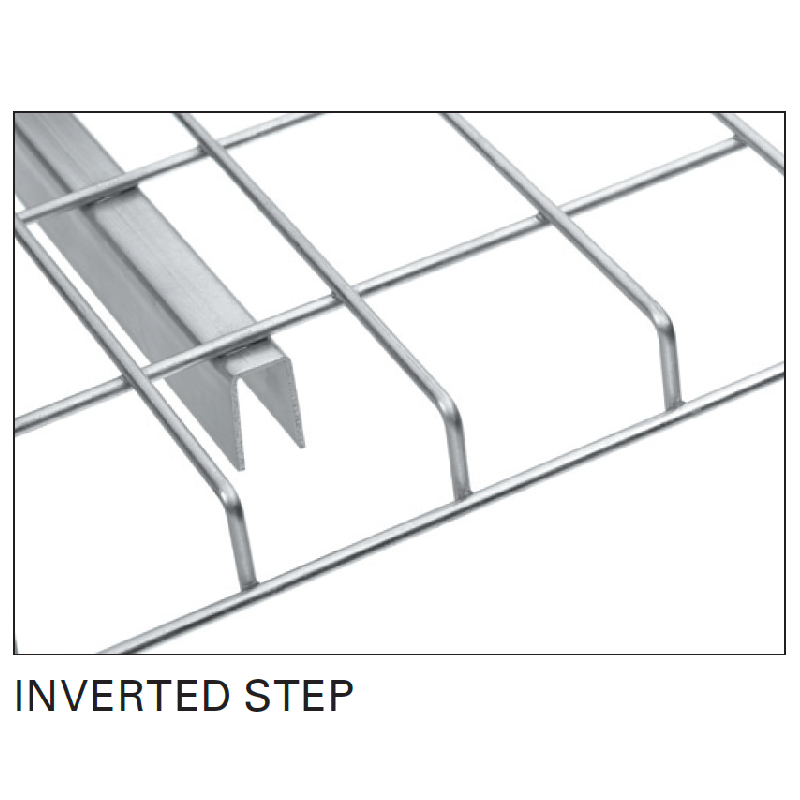Choosing the Right Trailer Spindle for 1-Inch Diameter Applications and Performance Standards
Dec . 12, 2024 01:04
Understanding 1-Inch Trailer Spindles A Guide for Trailer Owners
When it comes to maintaining and enhancing the performance of your trailer, one of the most crucial components to consider is the spindle. Specifically, the 1-inch trailer spindle plays a significant role in the overall functionality and safety of your trailer setup. In this article, we'll explore the importance of trailer spindles, the specifics of the 1-inch variant, and what you need to know for your trailer maintenance.
What is a Trailer Spindle?
A trailer spindle is a metal shaft that connects the wheel hub to the axle of the trailer. It is responsible for supporting the weight of the trailer and any cargo it carries. The design of the spindle allows for the smooth rotation of the wheel, which is vital for towing efficiency and stability. Trailer spindles come in various sizes and specifications to accommodate different trailer types and weights, with the 1-inch spindle being particularly popular for lighter trailers and utility uses.
Features of 1-Inch Trailer Spindles
The 1-inch trailer spindle typically features a tapered design, allowing for optimal load distribution while minimizing the wear and tear on the bearings. These spindles usually come in two primary configurations straight and tapered. The tapered design is preferred for most applications because it helps keep the wheel aligned as it rotates.
1-inch spindles are often constructed from durable materials such as forged steel or heavy-duty aluminum, providing the necessary strength to support various trailer types, including boat trailers, utility trailers, and small equipment haulers. Moreover, these spindles are designed to accommodate different bearing sizes and can be paired with various wheel types.
Importance of Proper Maintenance
Maintaining your 1-inch trailer spindle is crucial for ensuring the safety and longevity of your trailer. Regularly checking for signs of wear, such as cracks or rust, can help prevent more significant issues down the line. Additionally, it's essential to ensure that the wheel bearings are adequately lubricated and in good condition, as worn-out bearings can lead to spindle damage and wheel failure.
One common issue with spindles is the wear on the bearing surfaces. This wear can lead to play in the wheel assembly, affecting handling and increasing the risk of accidents. An inspection of the spindle, bearings, and wheel assembly should be performed at least once a year or more frequently if the trailer is subject to heavy use.
1 inch trailer spindle

Signs Your Spindle May Need Replacement
Several indicators may suggest it's time to replace your 1-inch trailer spindle. These include
1. Excessive Play Noticeable movement in the wheel assembly when lifted can indicate bearing failure, which might have caused damage to the spindle itself. 2. Visual Damage Cracks, rust, or pitting on the spindle surface can compromise its structural integrity, necessitating replacement.
3. Unusual Noises Grinding or whining sounds when the trailer is in motion may mean the bearings are failing, which could lead to spindle damage if not addressed.
4. Vibration Issues If you notice excessive vibrations while towing, it could point to a misaligned or damaged spindle.
Choosing the Right Spindle for Your Trailer
When selecting a replacement 1-inch trailer spindle, it’s essential to consider your trailer's specific needs. Pay attention to the weight capacity, type of bearings required, and whether your trailer uses a straight or tapered spindle. Consulting the manufacturer’s guidelines or a professional can help you make the right choice.
Conclusion
A 1-inch trailer spindle is an integral component of any trailer system, influencing both performance and safety. Regular inspections and maintenance can help extend its life and ensure your trailer is roadworthy. As a trailer owner, being aware of how to care for your spindle will help keep you safe on the road and ensure that your towing experience is as smooth as possible. Whether you’re hauling kayaks, tools, or other gear, understanding your equipment is key to successful and reliable trailer use.




















